The Vietnamese government is proposing a series of specific mechanisms to "unleash" the science, technology and innovation sector. The draft resolution focuses on granting autonomy to research organizations, simplifying financial procedures, and accepting risks in scientific research.
According to the program of the 9th Extraordinary Session of the 15th National Assembly, on February 17, the National Assembly will discuss in the hall the draft Resolution on piloting a number of policies to remove obstacles in the development of science, technology and innovation. The above content aims to gradually realize the policy stated in Resolution 57 on breakthroughs in science, technology, innovation and national digital transformation of the Politburo. A number of scientists, representatives of associations and delegations have proposed and recommended a number of contents in the development of the National Assembly's pilot Resolution, making specific contributions to the goal of developing high-quality human resources, especially in the fields of high technology and innovation; increasing financial autonomy for research organizations...
General Secretary To Lam said that the scope of issues related to science, technology, innovation, and digital transformation is too large, and touching anything is difficult due to legal regulations. This is a lesson showing that institutions are indeed bottlenecks, hindering development.
Referring to specific problems that have prevented science and technology from developing as strongly as expected, Deputy Prime Minister Nguyen Hoa Binh said that according to current regulations, when the State spends money on scientific research, the research results will belong to the State. When scientific research results are returned to the State, many results just "stay in drawers", not being able to be put into practice.

The second problem is that current legal regulations do not allow scientists and researchers who are state officials to participate in production and business. Therefore, many scientific research results of researchers cannot be realized by scientists and researchers in production and business.
The third problem is that there are many risks in scientific research. The First Deputy Prime Minister gave an example: to make a cup, it sometimes takes 10 experiments, the first 9 of which fail, and the 10th experiment is successful.
The fourth problem is that current laws do not encourage businesses to invest in scientific research with many binding regulations. Meanwhile, although the law requires the State to spend 2-3% of GDP on science, technology, innovation, and national digital transformation, these resources are still not enough.
The fifth problem is that the current law only stops at allocating labor costs in scientific and technological research. To carry out scientific and technological research, scientists and researchers must purchase raw materials. And purchasing raw materials must go through bidding.
Along with that, scientists and researchers also have to collect all invoices and documents proving the costs of scientific and technological activities. That makes "the scientific research results sometimes only about 100 pages, but the payment records are as thick as a hand". Meanwhile, "scientists who are very good at science, but bad at payment, are sometimes unjustly disciplined because of stories they have to do reluctantly".
Therefore, the draft aims to institutionalize the Politburo's policies in Resolution 57, remove bottlenecks in science and technology activities and digital transformation, and at the same time create outstanding incentive mechanisms and policies to promote the development of these fields.
Strengthening autonomy for research organizations
One of the important contents of the draft is to increase the autonomy of public science and technology organizations. These organizations will be autonomous in terms of organization, personnel, finance and expertise. Managers at these organizations will also be allowed to establish and operate enterprises to commercialize research results.
Dr. Nguyen Xuan Khoat, Deputy Director of the Center for Information Technology Application, Vietnam Academy of Social Sciences, emphasized that Resolution 57 of the Politburo has laid the foundation for more empowerment for scientists. When this resolution is implemented, researchers will have the right to proactively adjust the content and methods of research, as long as the set goals are achieved. This is an important step forward to help science and technology develop more flexibly.
Simplify your financial processes and take on risk
The draft also proposes to apply a lump-sum spending mechanism to science and technology tasks using the state budget, including lump-sum spending on final products. This is aimed at reducing administrative procedures and increasing flexibility in using the budget for research. In addition, science and technology activities will enjoy tax incentives to encourage investment, especially in strategic areas such as the semiconductor industry.
Risk-taking in research is also addressed, with mechanisms to exempt or reduce responsibility for officials and civil servants involved in developing and implementing these policies. This is intended to encourage innovation and creativity, while creating a favorable environment for scientists to experiment with new ideas.
Prime Minister Pham Minh Chinh stressed that doing science and technology requires accepting risks. Everyone is excited about success, but we also need to be ready to accept failure and pay the price. The government wants organizations and individuals to be exempted from civil liability and not have to pay back the funds used in the process of carrying out tasks that do not yield the desired results. "We need to consider this as a tuition fee," the Prime Minister said.
Infrastructure development and digital transformation
In the field of digital transformation, the draft proposes to build national digital platforms to ensure consistency and connectivity between sectors and fields. In particular, the development of 5G infrastructure, international telecommunications cables and pilot telecommunications services using low-orbit satellite technology are prioritized. The central budget will also support the construction of small-scale semiconductor chip manufacturing plants to reduce dependence on foreign technology and ensure technological security.
Expectations from the scientific community
The science and technology community is expecting strong changes when the Central Steering Committee on Science, Technology, Innovation and Digital Transformation is established, headed by General Secretary To Lam. With methodical and drastic steps, Resolution 57 not only removes bottlenecks in commercializing research results but also creates motivation for hundreds of thousands of innovative enterprises to develop.
The implementation of these specific mechanisms and policies is expected to strongly promote the development of science, technology and innovation in Vietnam, contributing significantly to the goal of economic growth and enhancing national competitiveness.
According to Intellectual Property
Source: https://doanhnghiepvn.vn/cong-nghe/quyet-liet-coi-troi-cho-linh-vuc-khoa-hoc-cong-nghe-va-doi-moi-sang-tao/20250217031146203








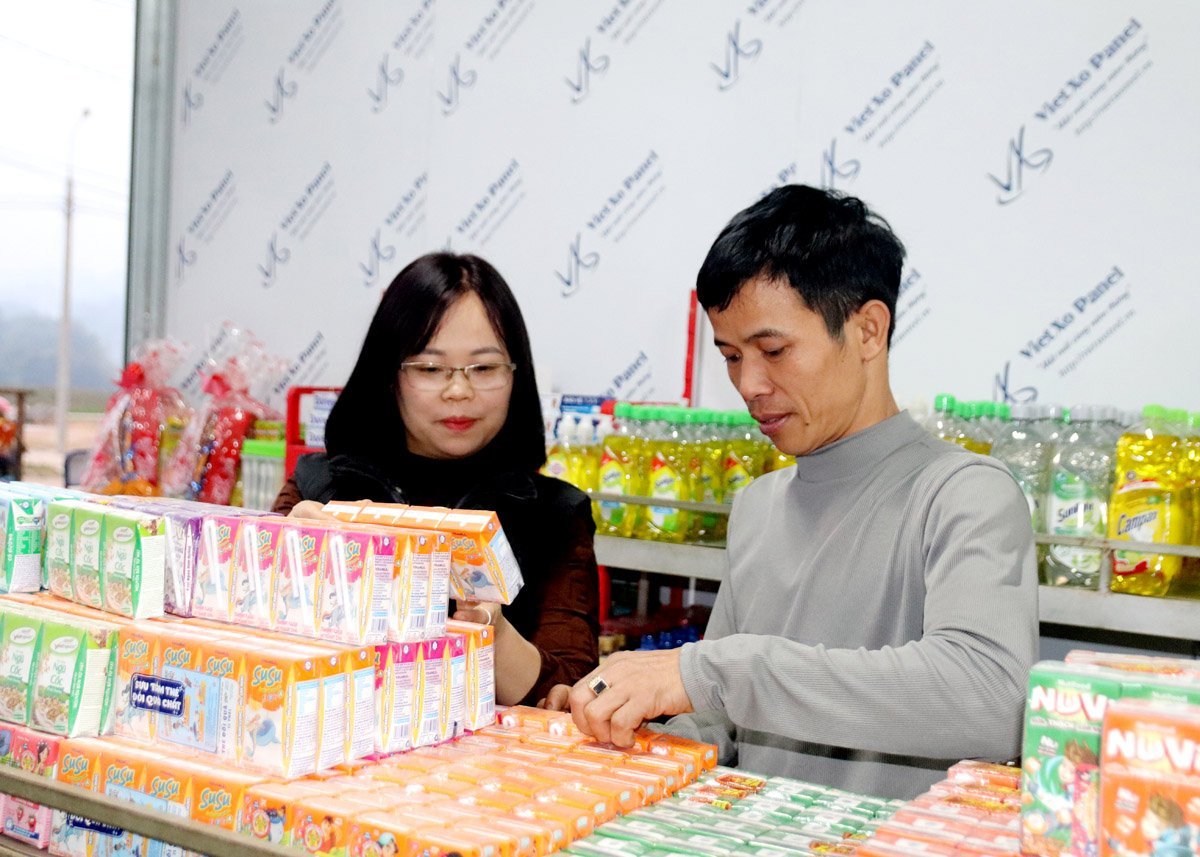

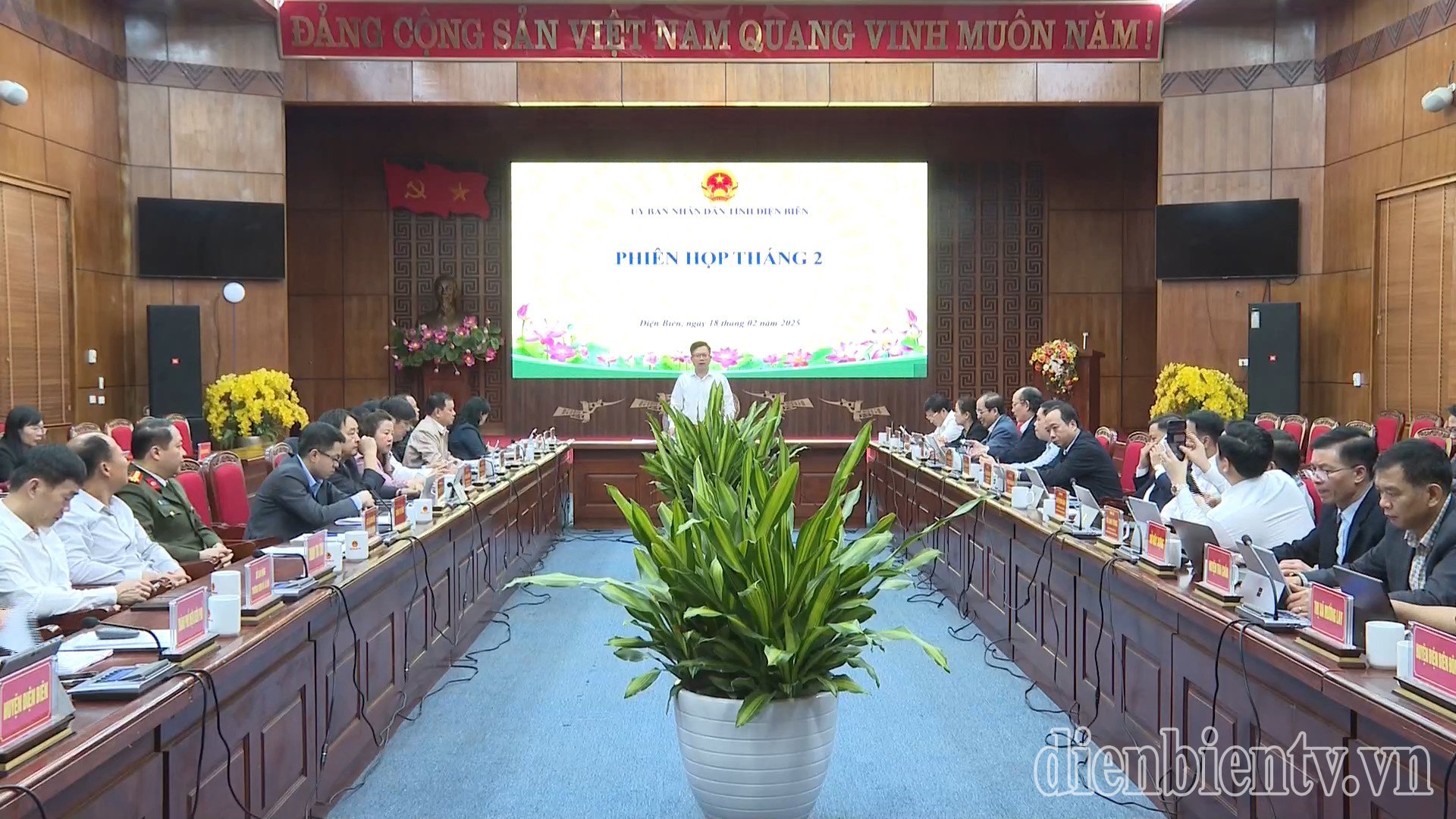



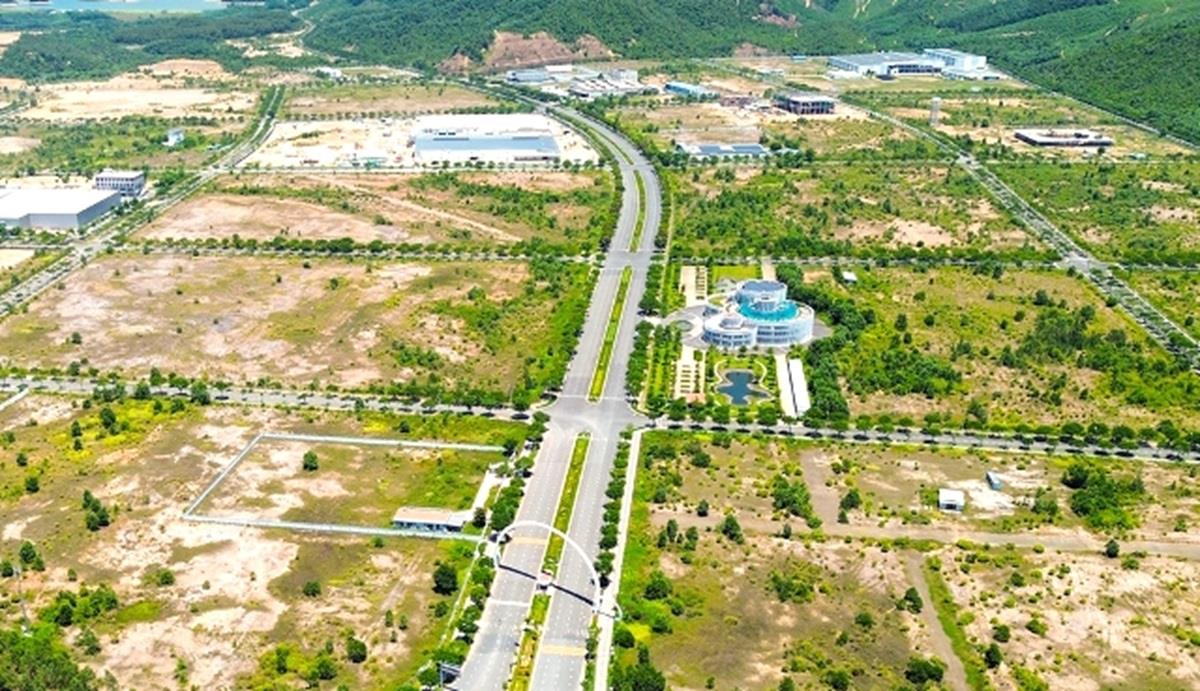
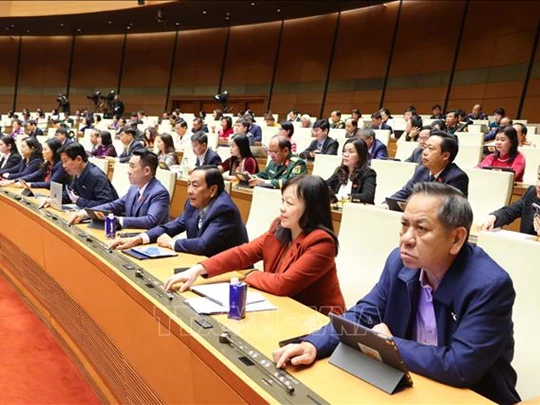
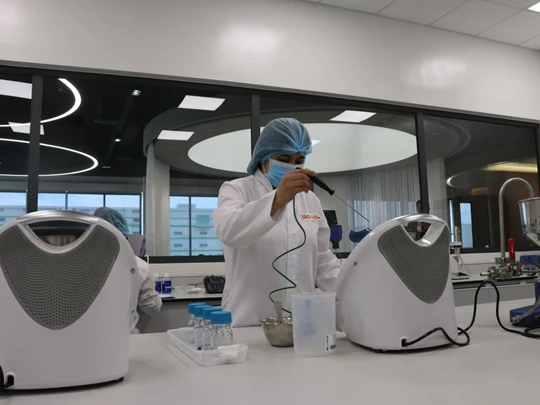


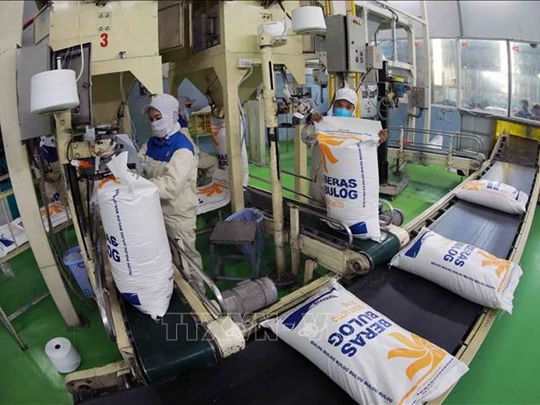



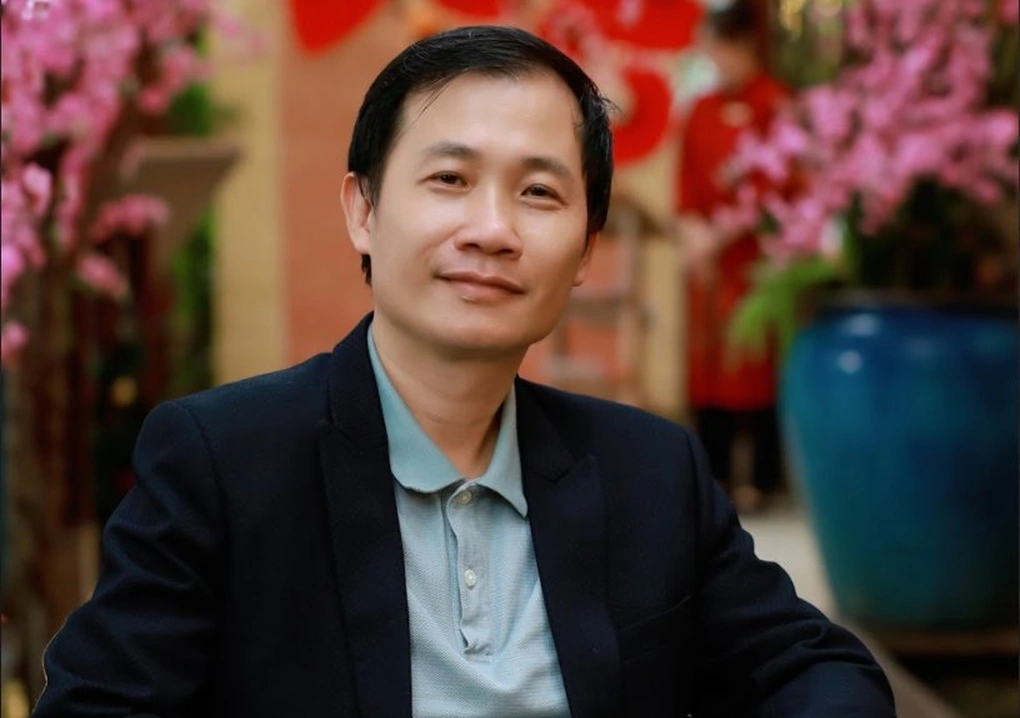



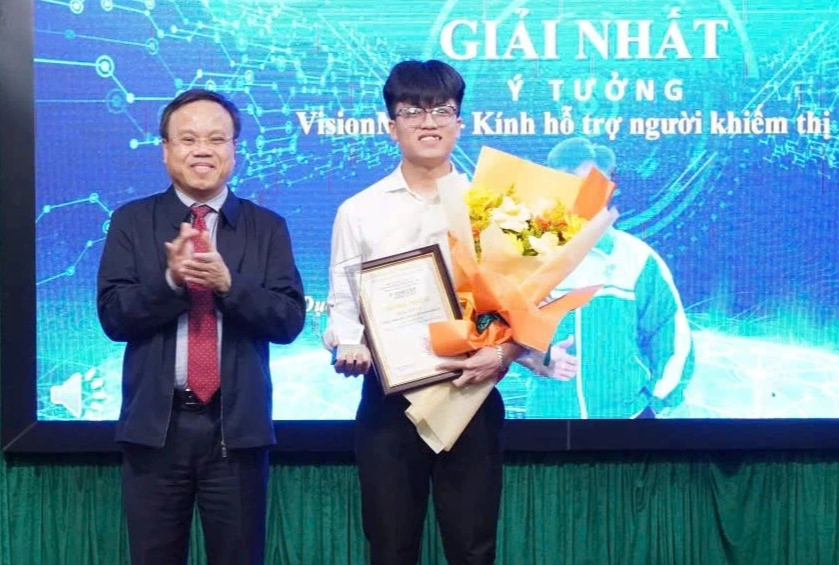

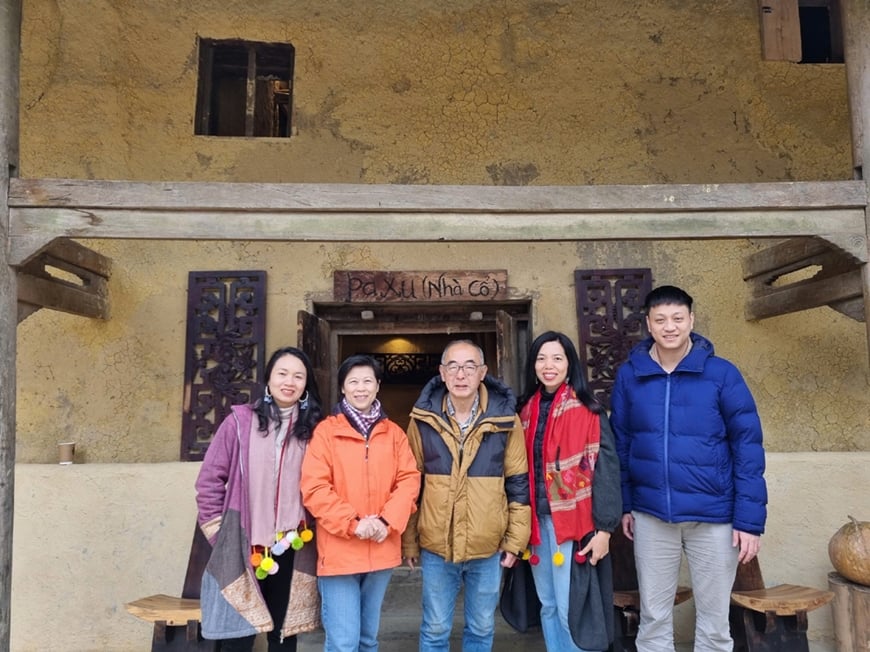


Comment (0)